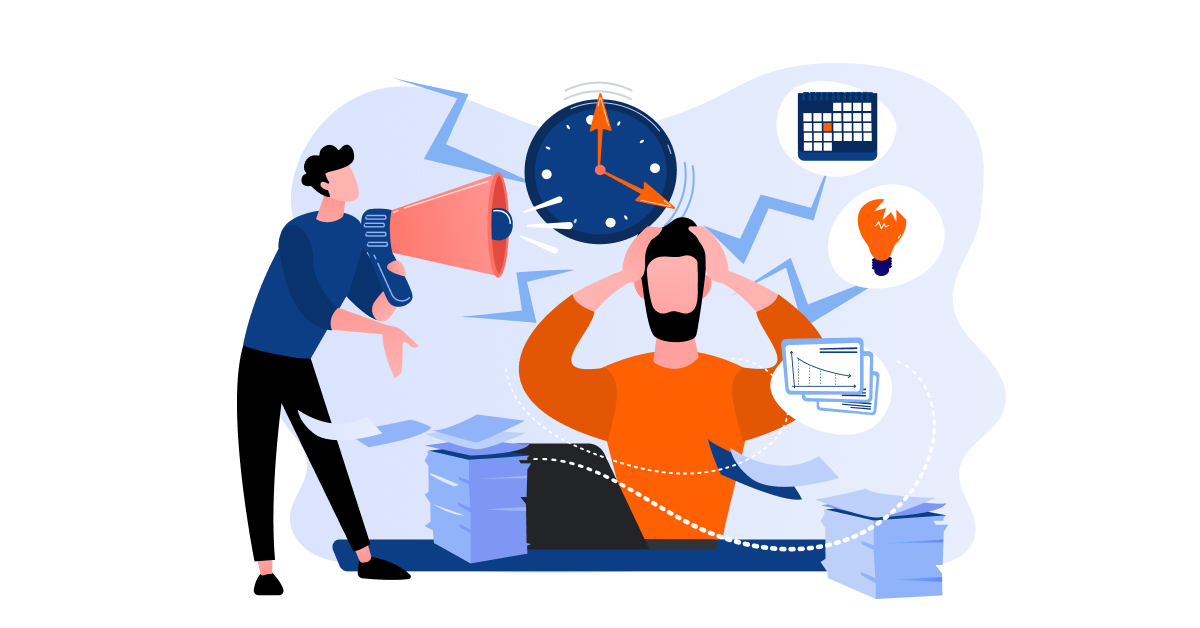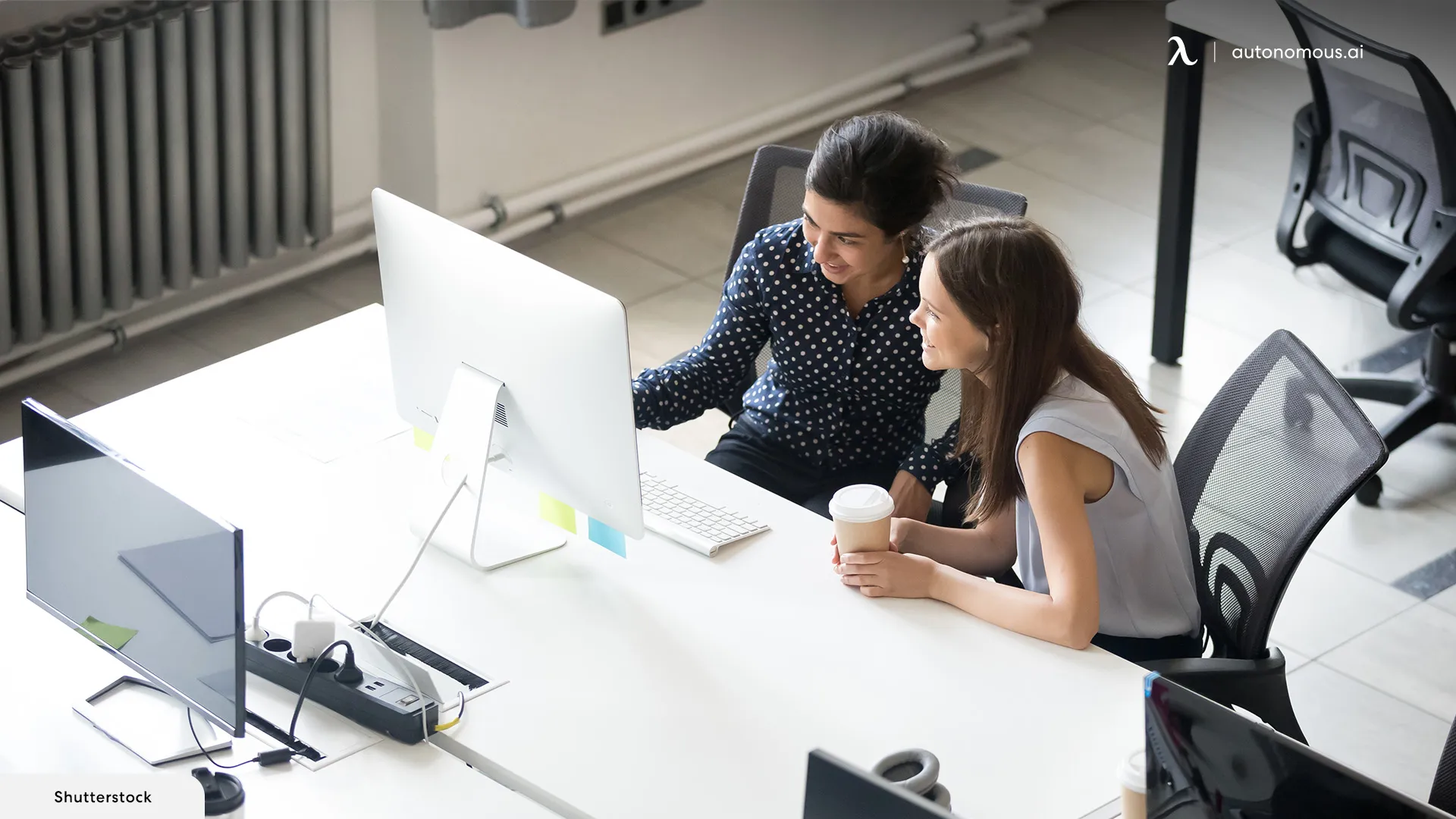Let's talk about office distractions, because let's be real—every single one of us has been there. You're in the middle of working on a crucial project, and suddenly, your co-worker starts chatting about their weekend plans. Or maybe it's the constant notifications on your phone or the loud coffee machine in the corner. Sound familiar? Well, you're not alone. Office distractions are a real thing, and they can seriously derail your productivity. But don't worry, we've got your back.
Whether you're working in a bustling open office or a quiet cubicle, distractions are everywhere. They come in all shapes and sizes, from chatty coworkers to endless email notifications. And honestly, it’s not just about losing focus—it’s about losing time. A study by the University of California found that it takes an average of 23 minutes to get back on track after being interrupted. That's a lot of time wasted!
But here's the good news: you don't have to let office distractions control your day. There are strategies and tricks you can use to minimize interruptions and stay focused. In this article, we'll dive deep into the world of office distractions—what causes them, how they affect your productivity, and most importantly, how to deal with them. So, buckle up and let's get started!
Read also:Kristy Greenberg The Rising Star Redefining Success In The Entertainment World
Understanding the Impact of Office Distractions
Why Office Distractions Are a Big Deal
Let's break it down—office distractions aren't just annoying; they can have a significant impact on your work performance. When you're constantly interrupted, it's hard to stay in the zone. According to a study published in the Journal of Experimental Psychology, even brief interruptions can double the number of errors you make. And let's face it, nobody wants to mess up an important task because of a random chat or a loud printer.
But it's not just about making mistakes. Distractions can also lead to stress and burnout. When you're constantly switching between tasks, your brain gets overwhelmed. This can leave you feeling exhausted, even if you haven't done much productive work. So, if you want to stay sharp and energized throughout the day, learning how to manage distractions is key.
Common Types of Office Distractions
Now that we know why distractions are a problem, let's take a look at the most common culprits. Here are some of the biggest offenders:
- Chatty Coworkers: We all love a good chat, but sometimes it can be hard to say no to a coworker who just wants to vent about their day.
- Noise Pollution: From ringing phones to loud conversations, noise can make it hard to concentrate.
- Notifications: Your phone, email, and messaging apps are constantly buzzing with updates, pulling your attention away from your work.
- Visual Clutter: A messy desk or an overcrowded workspace can be surprisingly distracting.
These distractions might seem small, but they add up over time. And before you know it, you've lost hours of productive work.
How to Minimize Office Distractions
Set Boundaries with Coworkers
One of the best ways to deal with chatty coworkers is to set clear boundaries. If someone approaches you while you're in the middle of something important, don't be afraid to say, "Hey, can we chat later? I'm really focused right now." Most people will understand, especially if you explain that you're trying to get something done.
Another trick is to use visual cues. For example, if you're wearing noise-canceling headphones, people might assume you're busy and leave you alone. Or, you could put up a small sign on your desk that says, "Focus Mode—Back in 30 minutes." It might sound a little extreme, but it works!
Read also:Sara Saffari Naked Unveiling The Truth Behind The Sensation
Creating a Distraction-Free Workspace
Organize Your Environment
Your physical workspace plays a huge role in how focused you can be. Start by decluttering your desk—get rid of anything that doesn't serve a purpose. Keep only the essentials within reach, like your laptop, notebook, and pen. And if you're working on a computer, organize your digital workspace too. Close unnecessary tabs and apps to reduce visual clutter.
Another tip is to personalize your space in a way that promotes focus. Maybe you like having a plant on your desk, or maybe you prefer a motivational quote. Whatever it is, make sure it helps you stay in the zone.
Mastering Time Management
Use the Pomodoro Technique
If you struggle with staying focused for long periods, the Pomodoro Technique might be the answer. This method involves working in short, focused bursts (usually 25 minutes) followed by a short break. The idea is that by breaking your work into smaller chunks, you can maintain your focus and avoid burnout.
Here's how it works: Set a timer for 25 minutes and work on a single task without any distractions. When the timer goes off, take a 5-minute break. After four cycles, take a longer break of 15-30 minutes. It's simple, but it works wonders for boosting productivity.
Taming Technology
Turn Off Notifications
Let's face it—your phone and computer are probably the biggest sources of distraction in your life. Constant notifications can pull you away from your work faster than you can say, "Just one second." The solution? Turn them off!
Start by disabling non-essential notifications on your phone and computer. If you're working on an important task, consider putting your phone on silent or using "Do Not Disturb" mode. And if you need to check your email, schedule specific times throughout the day to do it instead of constantly refreshing your inbox.
Mental Strategies for Staying Focused
Practice Mindfulness
Staying focused isn't just about your environment—it's also about your mindset. Practicing mindfulness can help you stay present and avoid getting distracted by your thoughts. Try taking a few deep breaths before starting a task, or use a mindfulness app to guide you through short meditation sessions.
Another mental trick is to visualize your goals. Before you start working, take a moment to picture what you want to achieve. This can help you stay motivated and focused on the task at hand.
Dealing with External Distractions
Find a Quiet Space
If noise is your biggest distraction, consider finding a quieter spot to work. If your office allows it, you could book a private meeting room or work from a different area for a while. And if you're stuck in a noisy environment, noise-canceling headphones can be a lifesaver.
Another option is to use white noise or ambient music to block out background noise. There are plenty of apps and websites that offer free white noise tracks, so you can find one that works for you.
Long-Term Solutions for Office Distractions
Advocate for a Productive Workplace
While individual strategies can help, sometimes the best solution is to advocate for a more productive workplace. Talk to your manager or HR department about implementing policies that reduce distractions. For example, you could suggest setting "quiet hours" during the day or creating designated quiet zones in the office.
Another idea is to encourage remote work options. If you're able to work from home a few days a week, you might find it easier to focus without the distractions of a busy office.
Conclusion: Take Control of Your Focus
Let's recap—office distractions are a real challenge, but they don't have to control your day. By understanding the causes of distractions and implementing strategies to minimize them, you can boost your productivity and stay focused on what matters most. Whether it's setting boundaries with coworkers, organizing your workspace, or mastering time management techniques, there are plenty of tools at your disposal.
So, what are you waiting for? Take action today and start creating a distraction-free work environment. And don't forget to share your tips and tricks in the comments below. Who knows, you might inspire someone else to take control of their focus too!
Table of Contents
- Understanding the Impact of Office Distractions
- Common Types of Office Distractions
- How to Minimize Office Distractions
- Creating a Distraction-Free Workspace
- Mastering Time Management
- Taming Technology
- Mental Strategies for Staying Focused
- Dealing with External Distractions
- Long-Term Solutions for Office Distractions
- Conclusion: Take Control of Your Focus


